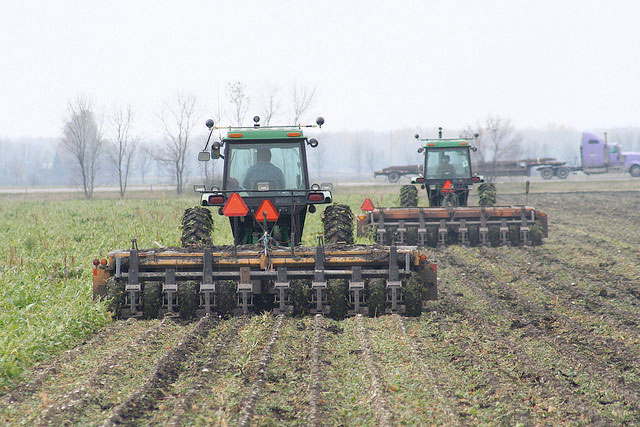
When did you last hear a high school senior say “I’m taking over the ranch” or even a 7-year-old announce “I want to be a farmer”?
As long-time farmers and ranchers grow older, it’s becoming increasingly difficult to pass on the family farm or find young employees to pick up the reins at large corporate ranches.
The current issue of the journal Rangelands reports on the demographic trends in the industry in Wyoming. Using statistics, maps, and graphs, the authors consider nearly 90 years of census and other data related to these trends. They examine how the agricultural community is ageing and consider ways to inspire interest in farming and ranching.
Family farms once employed nearly half of the country’s work force. But that culture has changed; today most farms are corporate, mechanised, larger in size, and fewer in number. Only 2% of today’s workers are employed at US farms or ranches.
The authors of the Rangelands article focused on the High Plains, specifically Wyoming, which still holds large tracts of working land. They reviewed decades of United States Census data, sorting it into classes based on worker age. They then mapped the results to pinpoint both state- and county-level trends.
They found that more than half of today’s farm operators are older than 55. In all but two counties in Wyoming, farming has attracted ever fewer people 34 years and younger. Most counties have also seen drops in the 35–54 age bracket. As a result, the average age of farmers and ranchers has increased in every county in Wyoming since 1920.
Based on their results, the authors forecast a bleak farming future: no operators younger than 35 by 2033 and an average age of 60 by 2050. Even if their children and grandchildren show interest in agriculture, farmers often cannot afford to keep their land and equipment. They “retire” and sell—often to residential or commercial developers. The authors state that the trends in Wyoming are occurring throughout the United States.
